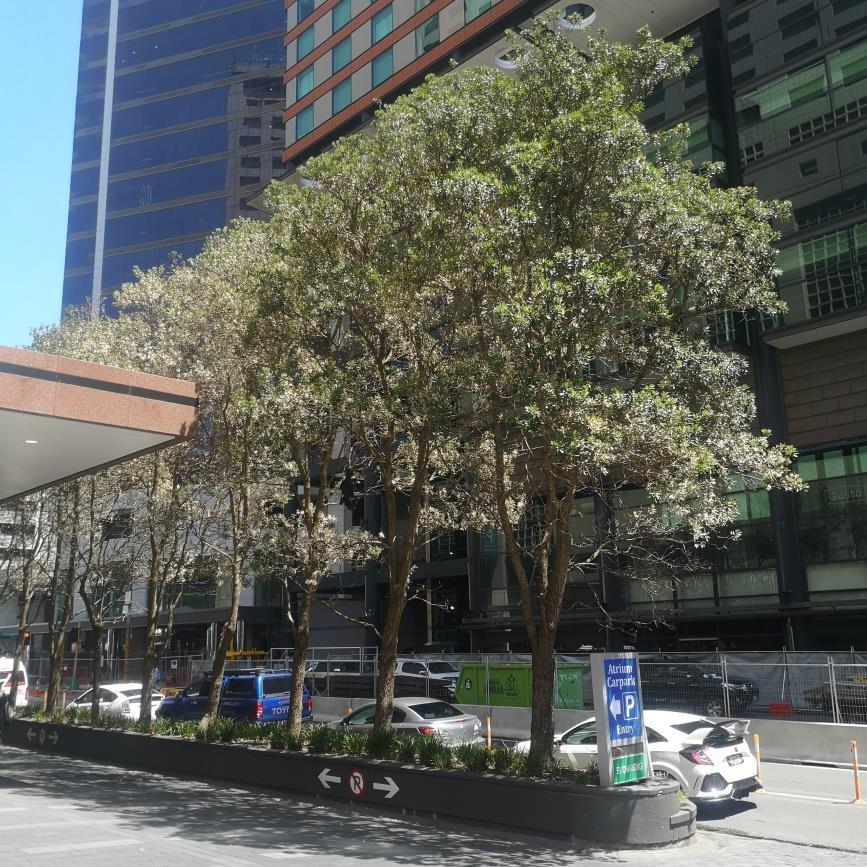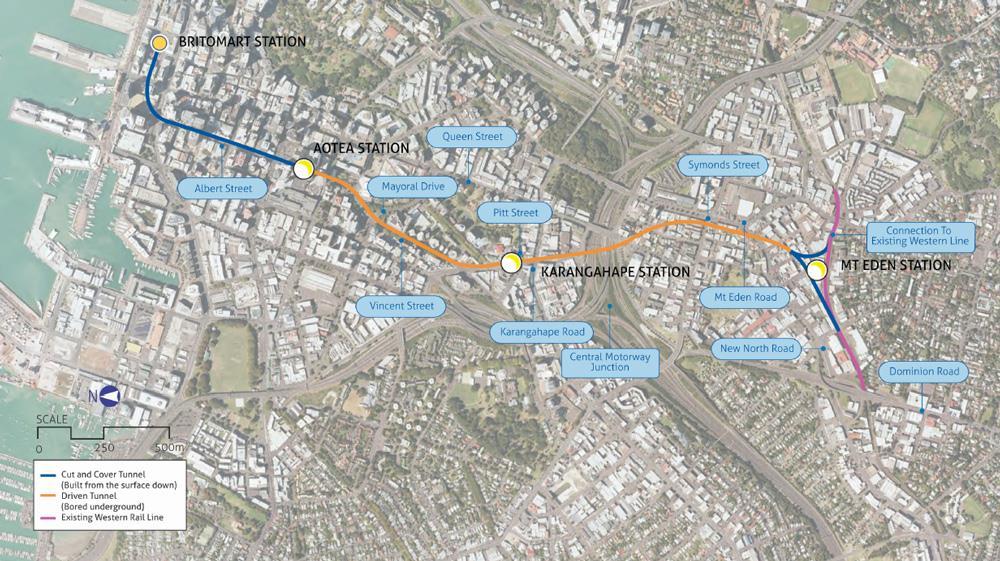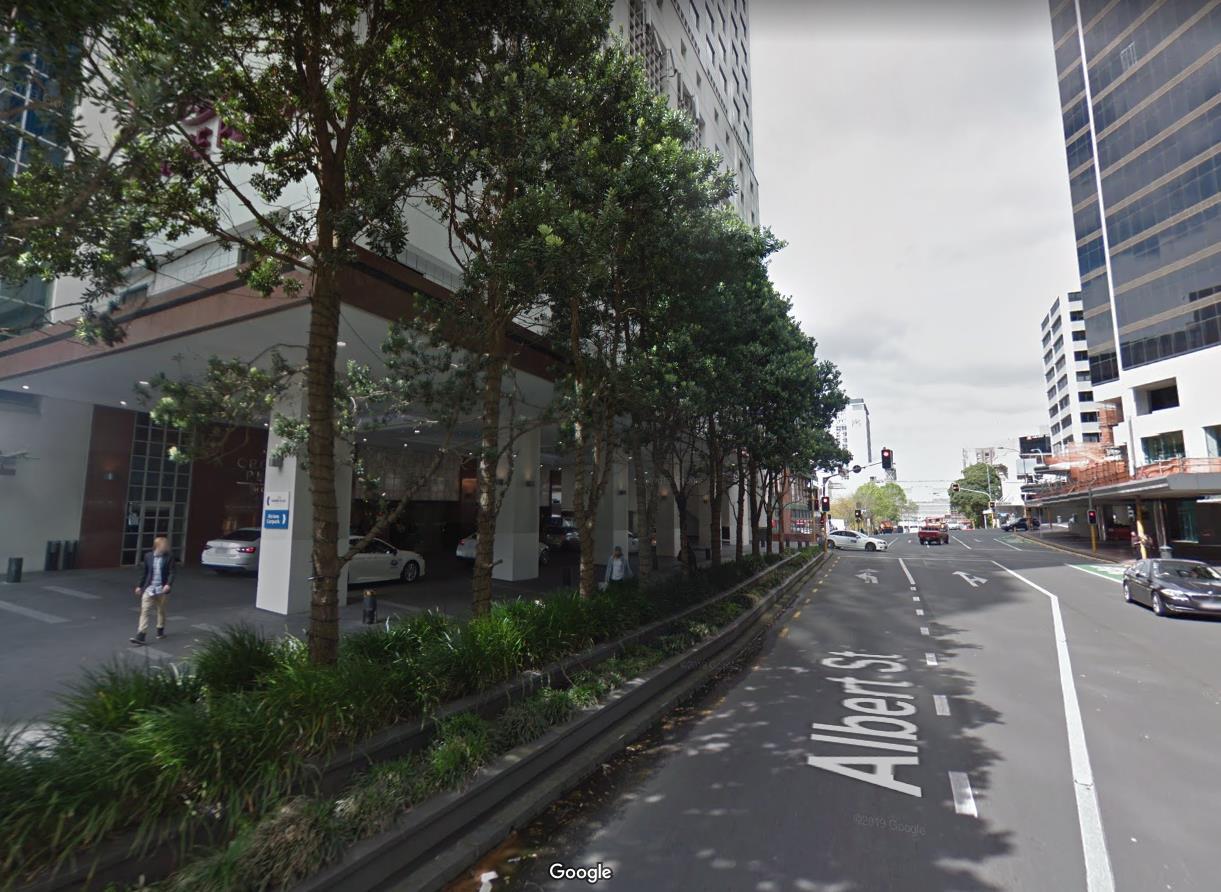
3 minute read
Appendix C: Tree Transplant Feasibility Assessment
Page 22
Aotea Station Main Works
Memorandum
DATE
TO
FROM
SUBJECT
5 March 2020
Maria Aguiar –CRL Environmental Advisor, AOTEA Station
Matthew Paul –CRL Consultant Arborist
1.0 Introduction
In order to undertake the CRL AOTEA Station works, a number of existing trees will be impacted. The purpose
of this memorandum is to assess a particular grouping of trees growing within the bounds of the proposed
works area, in terms of their suitability for transplant.
2.0 Trees to be assessed
The majority of trees standing within the AOTEA station works area were removed in December 2019 and
January 2020. An assessment was undertaken, prior to removal, to assess their viability for transplant. No
trees were determined to be suitable for transplant, due to a number of factors which included restricted
growing location, the cost of service relocation, along with other arboricultural factors that deemed them
unsuitable for transplant. Additional trees within the designated works area have also been retained and will
be protected during the construction phase, in accordance with best arboricultural practice.
The purpose of this memorandum is to provide an assessment of a row of 11x Pohutukawa trees
(Metrosideros excelsa) (identified as T24 in the applicable TVDWP, dated 8 November 2019, referenced as
CRL-AOT-RME-LKA-PLN-800023). These subject trees stand adjacent to the Crown Plaza Hotel (128 Albert
Street), within Road Reserve.
The eleven trees stand in a heavily modified environment, being encased in an above ground planter pit that
is constrained on all sides by a masonry wall. It is noted that the planter is split into two levels, with an
additional wall separating the two levels. The width of the pit in which the subject trees are located is
approximately 1.0m.

Figure 1 –subject Pohutukawa row as viewed from the northeast
3.0 Assessment of Transplant Feasibility
3.1 Overall Health
At the time of the inspection, undertaken on the 12/2/2020, the trees were in poor-moderate health. The
majority of the trees, with the exception of the tree at the northern end of the planter, were exhibiting
drought stress. This was evident by the loss of internal canopy growth and condition, manifested by dead
leaves and the loss of typical canopy density.

When selecting trees for transplant, it is important to consider the likely severe stress a tree is subjected to
as part of the actual transplant works. The majority of a tree’s root zone would typically be severed, with the
required root ball for such a tree being typically 2.0m-3.0m in circumference. As such, it is considered that
the subject trees would not tolerate such stresses, when considering their current condition.
3.2 Physical transplant and replacement works
When considering the viability of a tree/group of trees for transplant, it is important to consider both the
ability to remove the tree while still maintaining and ensuring its current and future health. The subject trees
stand in a very confined environment, with tight root system associations and intertwining of roots created
between the subject trees. The trees have also grown very tall in considering their allowable root zone area,
in the pursuit of sunlight. Further to this, the complete dismantling of the planter and wall would be
required.
4.0 Conclusion
In conclusion, the restricted root zone and current condition of the trees, coupled with their
disproportionate height in relation to root zone area determines that they are not suitable for transplant.
Furthermore, their current height and potential transplanted size would make them difficult to transplant
and ultimately support, either in a temporary location or as part of a permanent solution. Extensive under
and above ground support would be required, which would be difficult to install and safely maintain in a
public realm environment.






